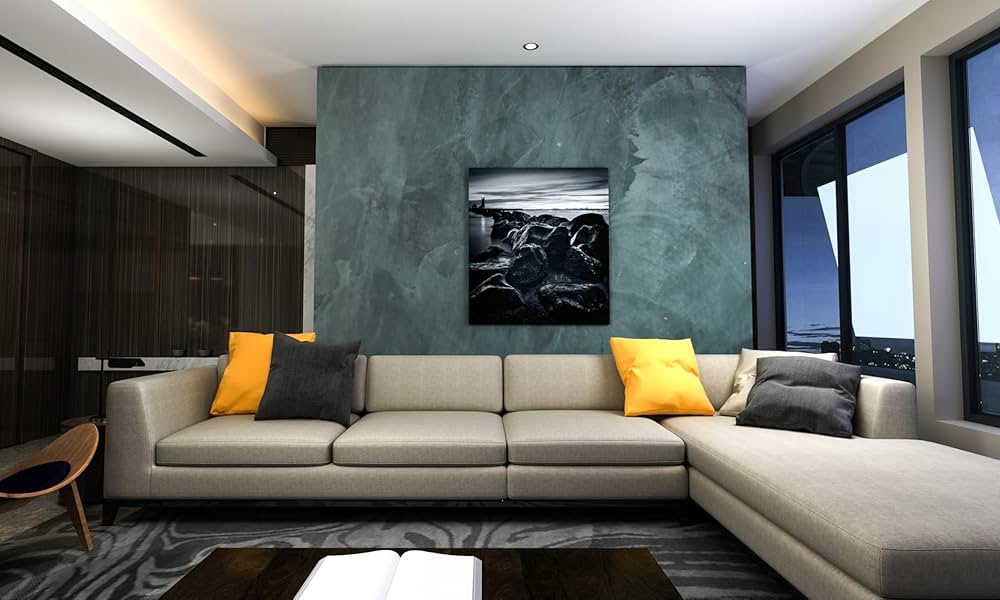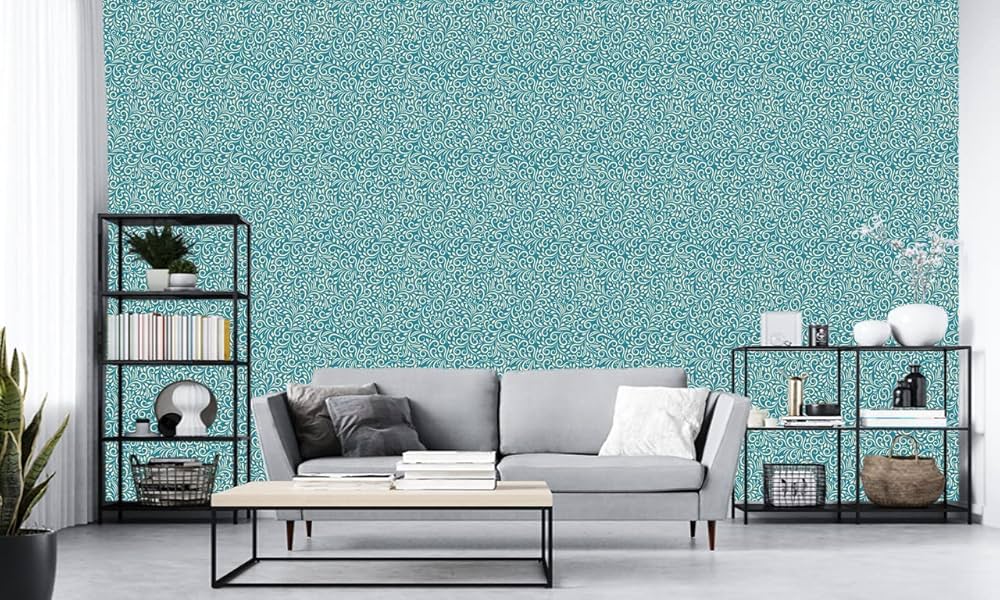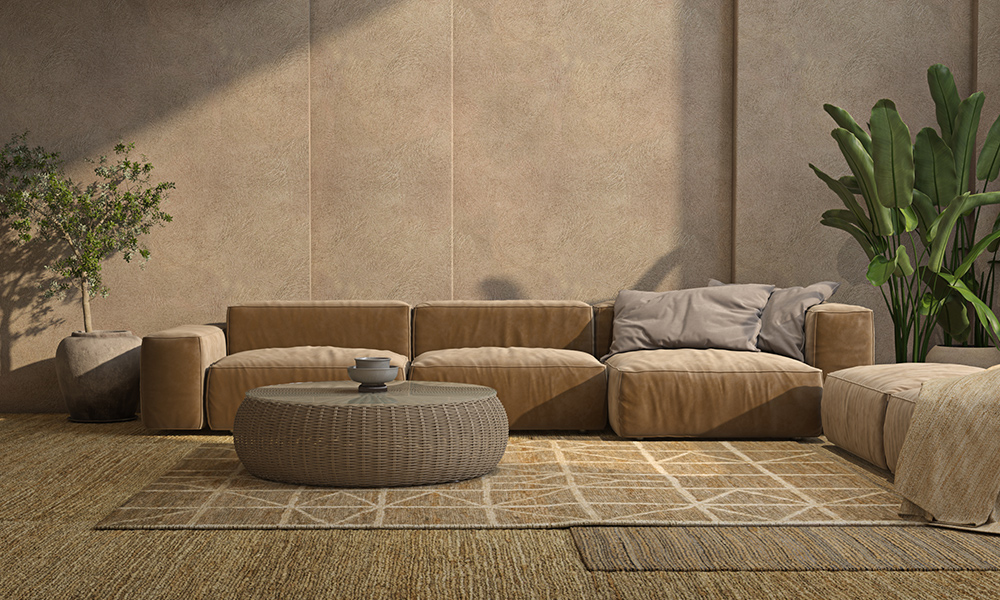When designing your home’s interior, creating a sense of flow from one room to the next can be a game-changer. Texture transitions play a big role in achieving this. By smoothly blending materials and finishes, you can design a cohesive space that feels both balanced and visually intriguing.
If you’ve ever wondered how to transition textures seamlessly throughout your home, here are five practical tips to help you pull it off like a pro.
-
Stick to a Consistent Color Palette
Color is the glue that ties a home’s design elements together. A consistent color palette allows you to use varying textures across different rooms without it feeling disjointed.
How It Works:
Use similar shades or tones across your walls, furniture, and accents to maintain a sense of continuity.
Even with different materials (like wood, fabric, or metal), sticking to a unified color palette creates harmony.
Pro Tip: Opt for neutrals or earthy tones as your foundation, then add pops of color sparingly throughout the house to keep things cohesive yet dynamic. For example, carry a single accent color (like navy or rust) into different rooms.
-
Gradually Shift Materials
Transitioning between textures doesn’t have to feel abrupt. Gradual shifts in materials as you move from one space to another can make the transition smooth and natural.
Ideas to Try:
Transition from rougher textures (like brick or stone) in entryways to softer textures (like fabric or wood) in living areas.
For open-concept spaces, use rugs or furnishings in complementary materials to define separate zones without creating dissonance.
Pro Tip: Pay extra attention to adjoining spaces, such as where a hallway leads to a dining room. Bridge the gap by incorporating design elements that nod to both spaces.
-
Use Textures That Echo Each Other
One key to seamless texture transitions is repetition. Echoing similar textures in subtle ways throughout your home reinforces a cohesive feel.
Example Ideas:
Metals in your living room (seen in light fixtures or accent tables) can reappear as cabinet hardware in the kitchen.
If you use a woven texture, like a rattan chair in one room, incorporate a woven throw basket or jute rug in an adjacent area.
Repeated materials, like oak floors or marble countertops, create natural unity throughout the design.
Pro Tip: Use textures in varying scales and tones (like a large textured coffee table paired with smaller, subtler accents) to avoid monotony.

-
Layer Smooth and Rough Finishes
The interplay between smooth and rough textures can create depth and balance in your design. A strategic mix of these finishes can help one room flow beautifully into the next.
How to Apply It:
Blend smooth, reflective materials such as glass or polished metals with more tactile textures like wool or wood.
Use rugs, curtains, or wallpaper to add soft textures, especially when transitioning from neutral, bare elements like tiles or brick walls.
Pro Tip: Add softer elements like cushions or throws near transition points (doorways or stairs) to soften the shift between spaces.
-
Seamless Flooring Transitions
Flooring has a big impact on how textures flow through a home. Choosing consistency or blending flooring types correctly can anchor your entire design.
How to Transition:
Use the same type of flooring in high-traffic areas, like hallways and entryways, for unity.
If you’re using differing materials (like wood and tiles), introduce transition strips or borders to visually tie the floors together.
For rugs, a gradual shift in pattern or shade ensures that rooms connect rather than clash.
Pro Tip: For open spaces, align flooring hues, even if you’re mixing materials, so the transition feels intentional rather than stark.
Final Thoughts
Texture transitions play a vital role in creating a harmonious home design. By sticking to a cohesive color palette, gradually shifting materials, and thoughtfully repeating textures across rooms, your space will feel unified and polished. Layering softer and rough textures while managing flooring transitions can add depth and balance, enhancing the overall aesthetic.
Try these tips to give your home that seamless, professionally designed look, and enjoy every moment in your thoughtfully textured sanctuary!




